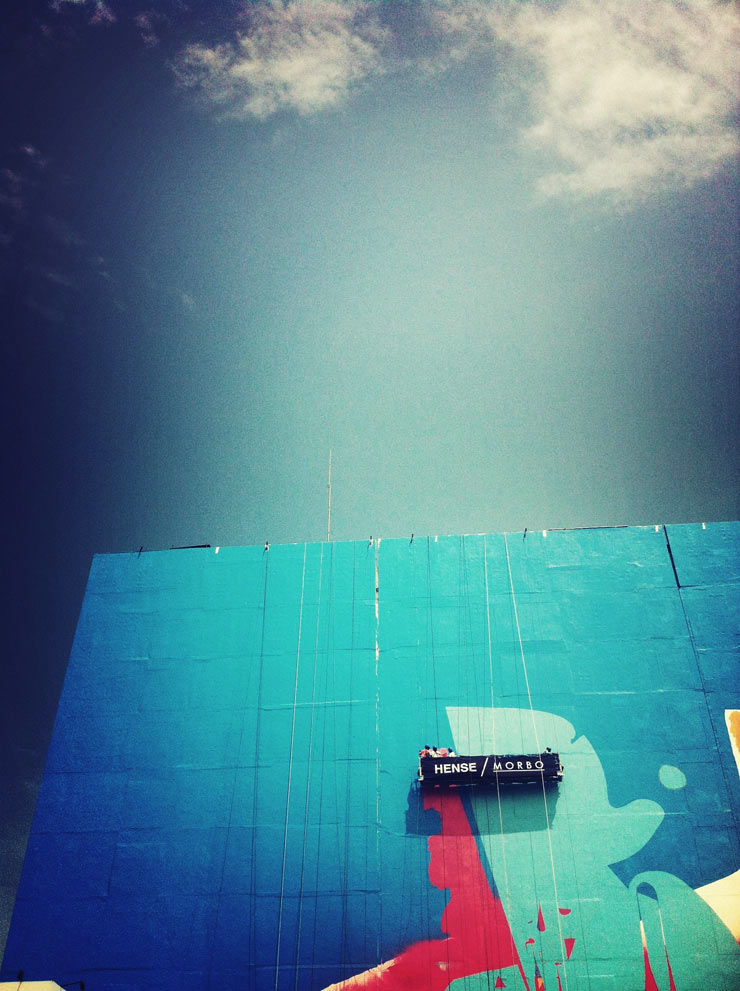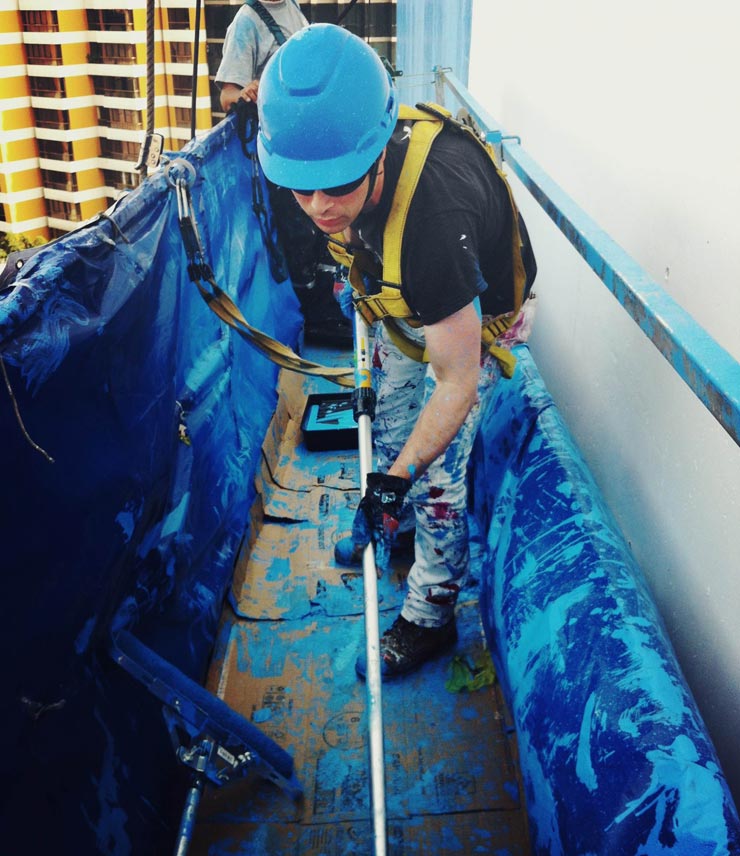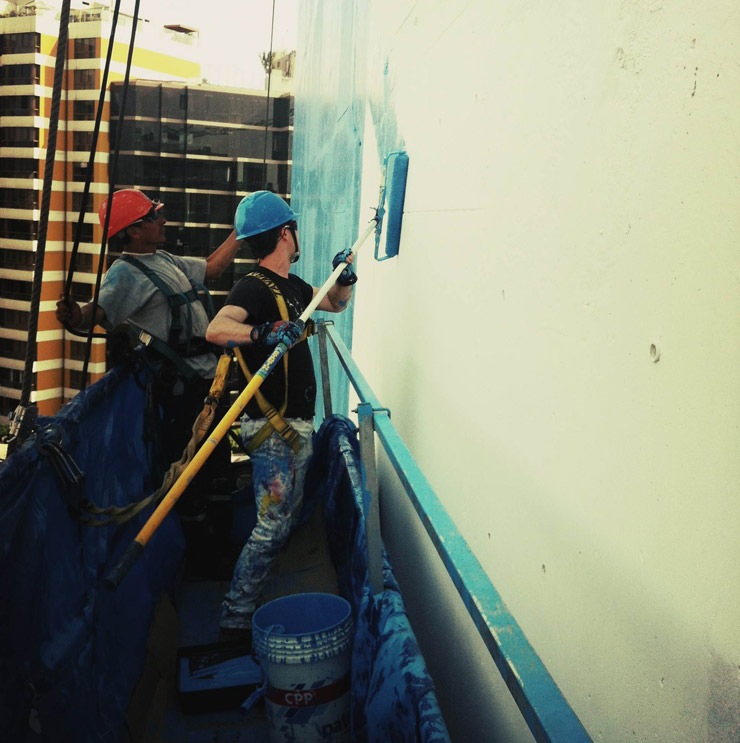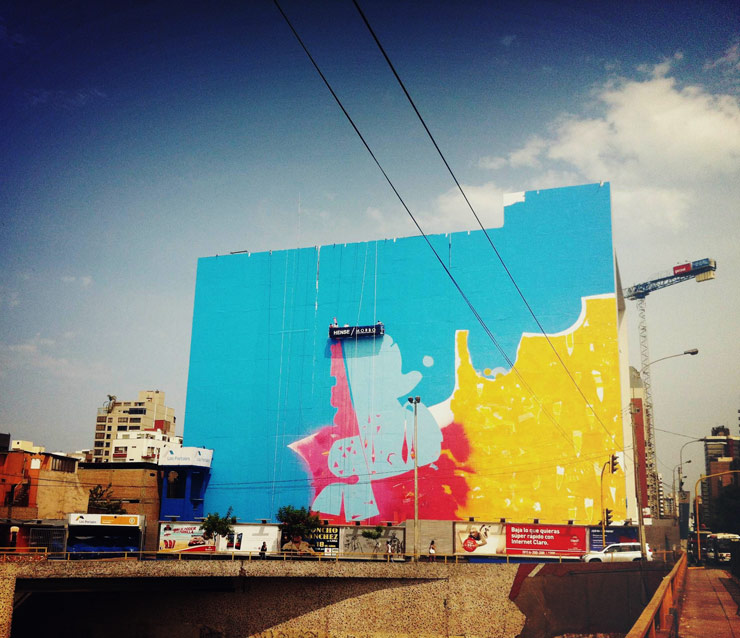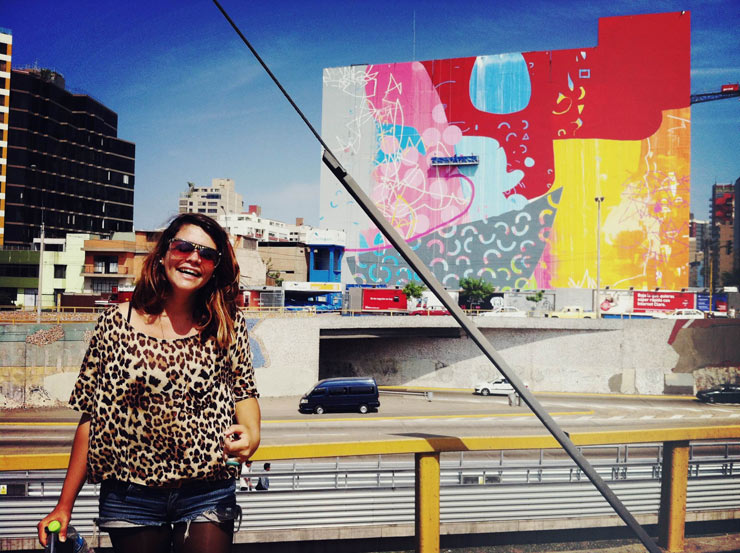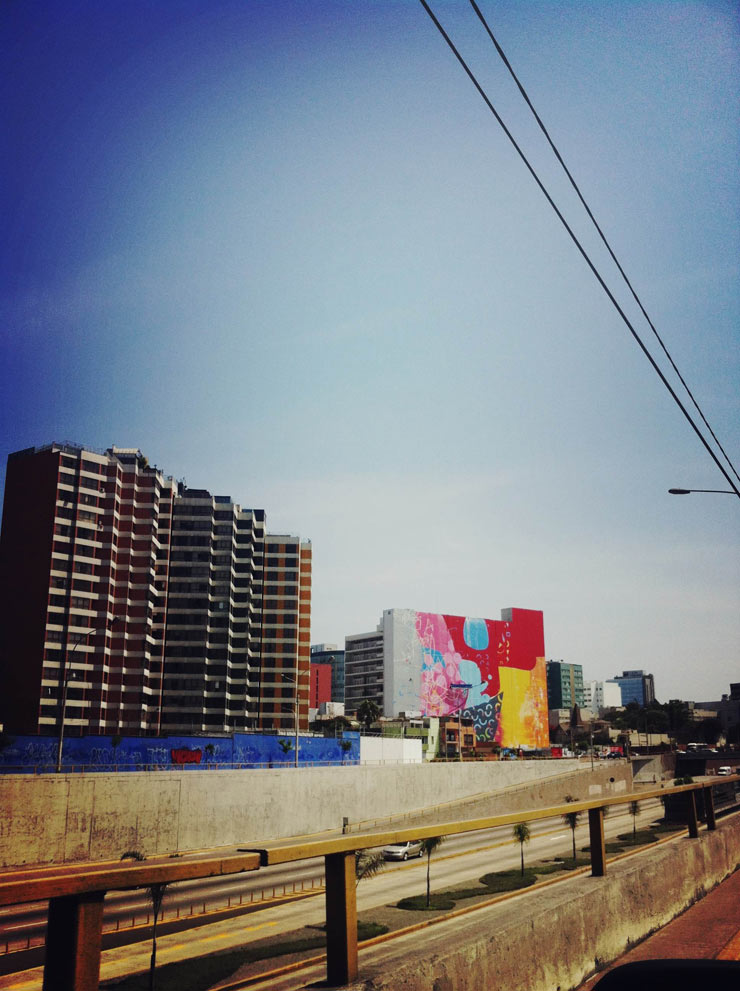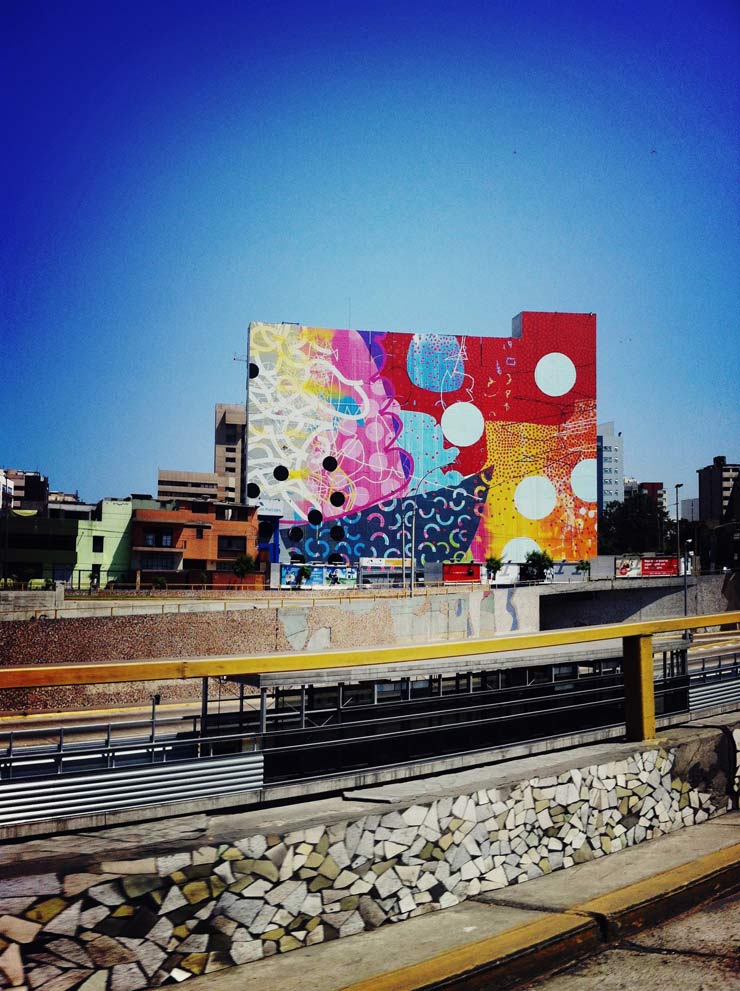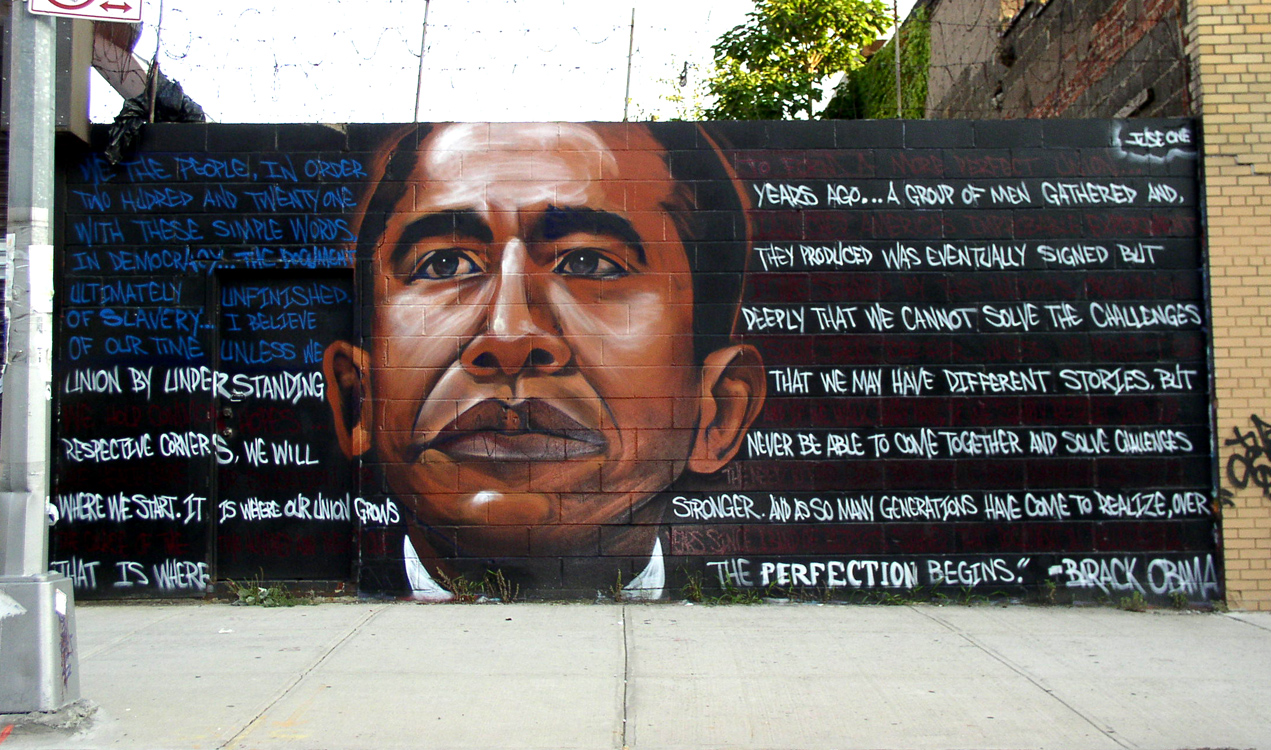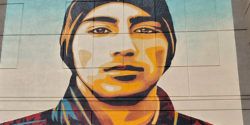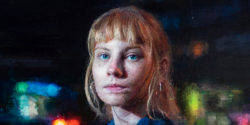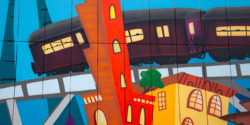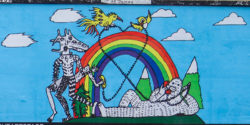“Defeating racism, tribalism, intolerance and all forms of discrimination will liberate us all, victim and perpetrator alike.”
~Ban Ki-moon
The many shades of racism and classism in society are out in the open, but the signs are also easily, conveniently, overlooked. We do so at our peril.
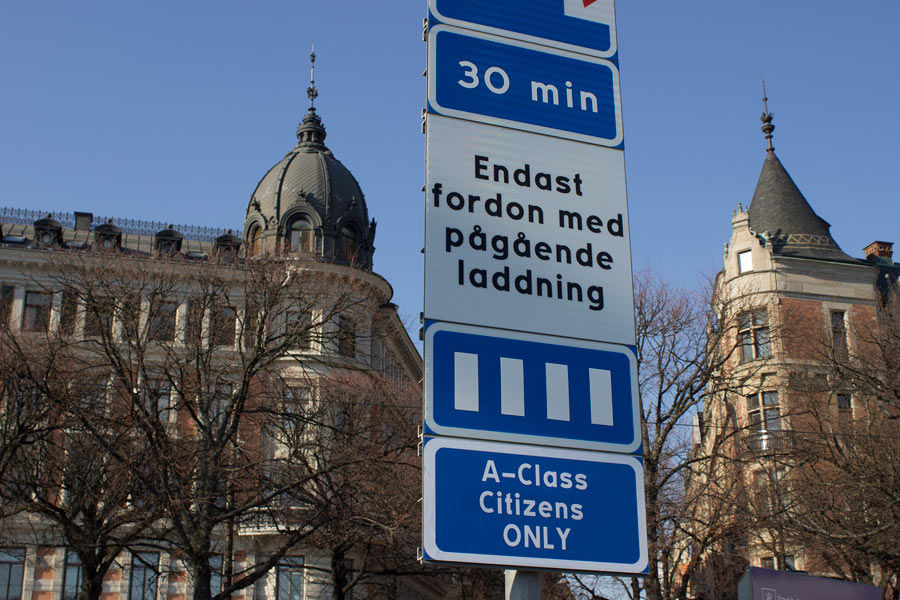
“Native Residents ONLY”
A new street signage campaign in Stockholm by Street Artivist Vlady that addresses obvious segregation plays just under the radar of the everyday. That’s also the location of our subterranean feelings, opinions, and motivations – so truly he treads on a minefield in doing so.
“Stay Within the Premises”
By posting these unwritten rules in the official street nomenclature of the state, with its implied weight of authority and its
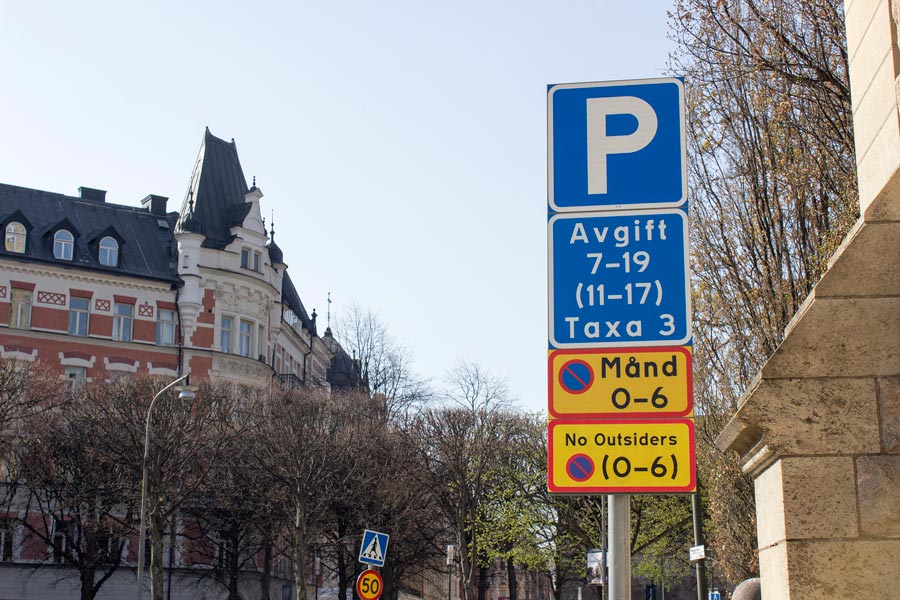
“Underclass Only”
“Sweden is a competitive mixed economy that relies on export,” he says, “featuring a generous universal welfare state financed through relatively high income taxes that ensures that income is distributed across the entire society, a model sometimes called the Nordic model,” explains the artist by way of background.
He tells us that, despite what appears to have been the best and most sincere intentions of the society to open the doors of opportunity to immigrants over the previous century, newer shadings of right-wing sentiments in recent year have caused him to examine the attitudes of his neighbors.
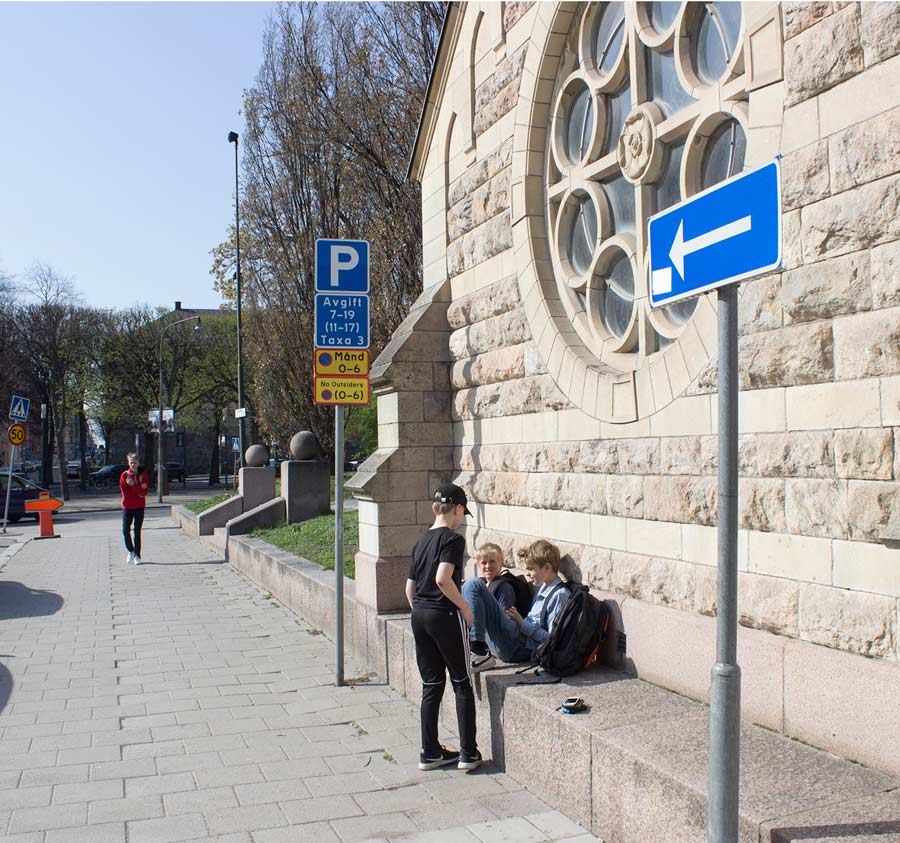
“Invisible yet perceptible borders today divide the capital: while the city center is economically off-limits for the newcomers, the ghettos are perceived as a “no-go zone” for the most of the white Swedish population,” he says. “This situation might not represent a unique case in Europe, nevertheless comes as a shocking fact for any visitor, as it’s taking place in the least expected country, like a bolt out of the blue.”
European and American racism and classism

While so-called developed countries worldwide sometimes like to depict themselves as virtuous when encouraging immigration, economists say that demographics tell an additional aspect of the story. In the case of the US, like many “western democracies”, real GDP is increased by immigration.
“There is broad agreement among researchers and analysts that immigration raises total economic output (Borjas 2013; Congressional Budget Office [CBO] 2013),” says a report published by the Brookings Institution last fall.
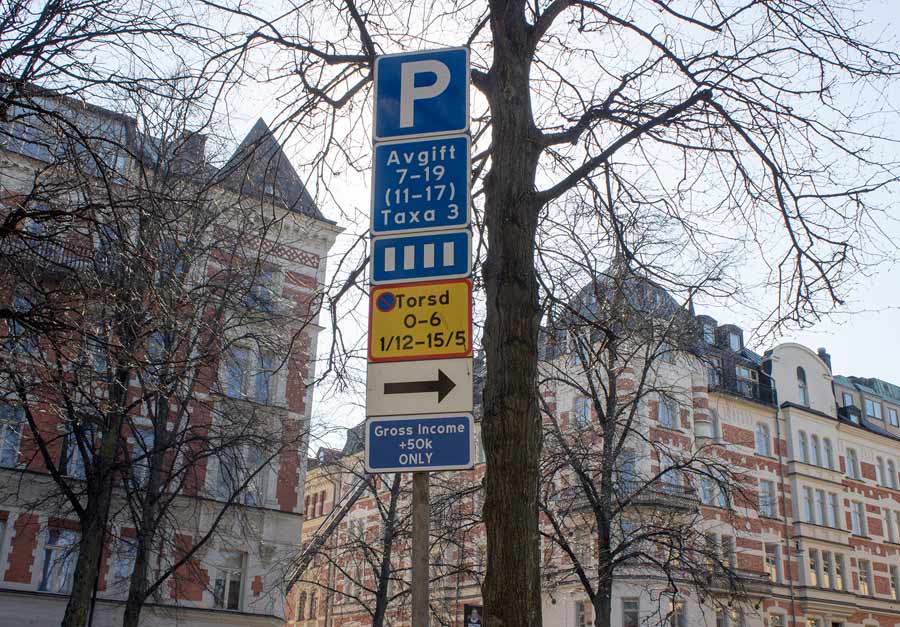
Vladys says that “This country needed foreigners, but to sound sexier, it declared its motivation was to take ’em onboard for love, not because of necessity. To
Aside from his own status as a Street Artist in Stockholm, why does he feel this is an appropriate time for this campaign?
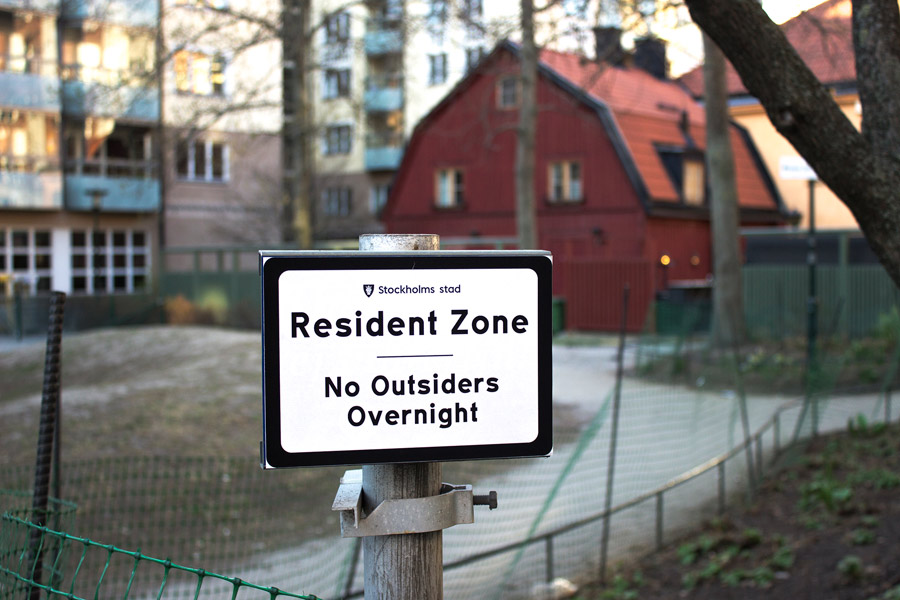
“I think that Sweden today is becoming the battleground for the world’s left and right-wing parties, with persons arguing that our immigration practices are an example of a successful story – or a model not to replicate.” He also says that there is a taboo in the country about discussing such things as racism or inequality and people would prefer to limit strong opinions. But he thinks that is potentially dangerous and may lead to sentiments that are more harsh in the long run.
For those who may think he is Sweden-bashing, it appears from here that the critique itself is out of
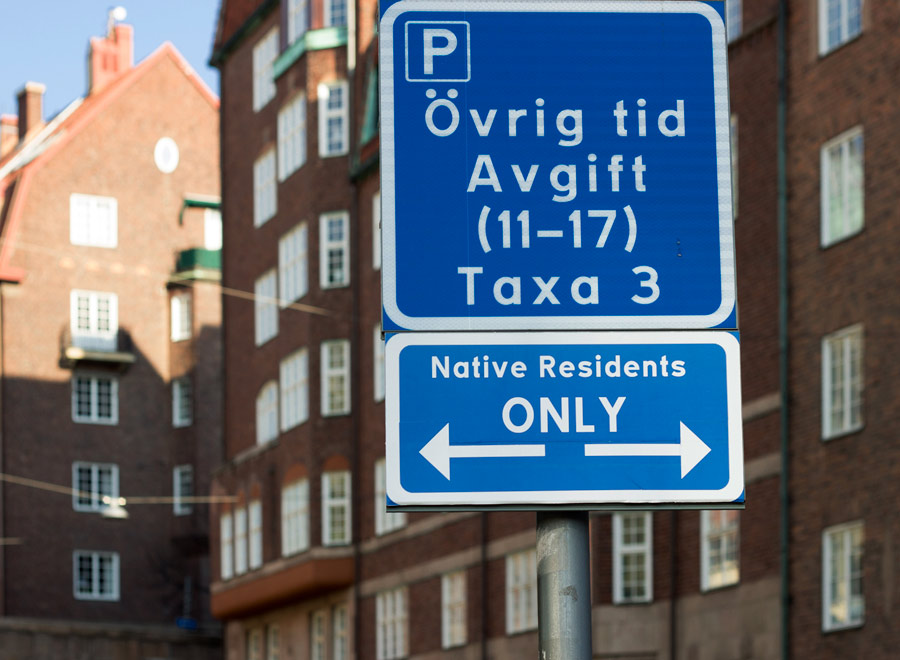
“I would put it this way: Sweden forbids itself to be discriminatory,
He says that he hopes the “Segregation” campaign can raise awareness about the topic and push for a more open dialogue, although he acknowledges that it may be a “straightforward and unpolitically-correct project” of road signs. The two areas selected are very specific as well for their audiences; the wealthy-white-western folks in the quarter of Östermalm, where all the luxury shops are, and the populous detached suburbs of Flemingsberg, Rinkeby, Kista, Tensta, Akalla, Tureberg, Helelund – “where the residents can find, at most, a supermarket and a few dodgy shops.”
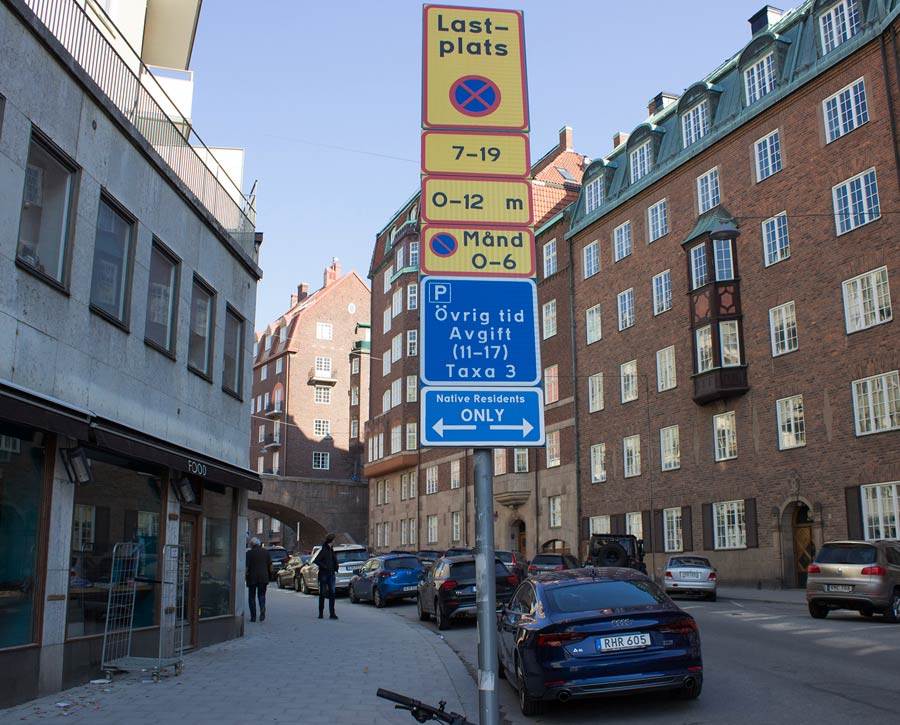
It will be interesting to see if these signs are discovered quickly or slowly, if they provoke
“The key point of this action is to raise awareness on this topic,” Vlady says, before giving a litany of questions that he would like passersby to address together: “Can integration come out of segregation? Are we really all equal, or is someone is more equal than others? For how long can we keep the cages closed and hope that no disaster will ever hit the downtown streets? Does anybody see this division, this invisible borderline?”
“I have my own answers to that, but I don’t typically offer answers, I raise issues.”
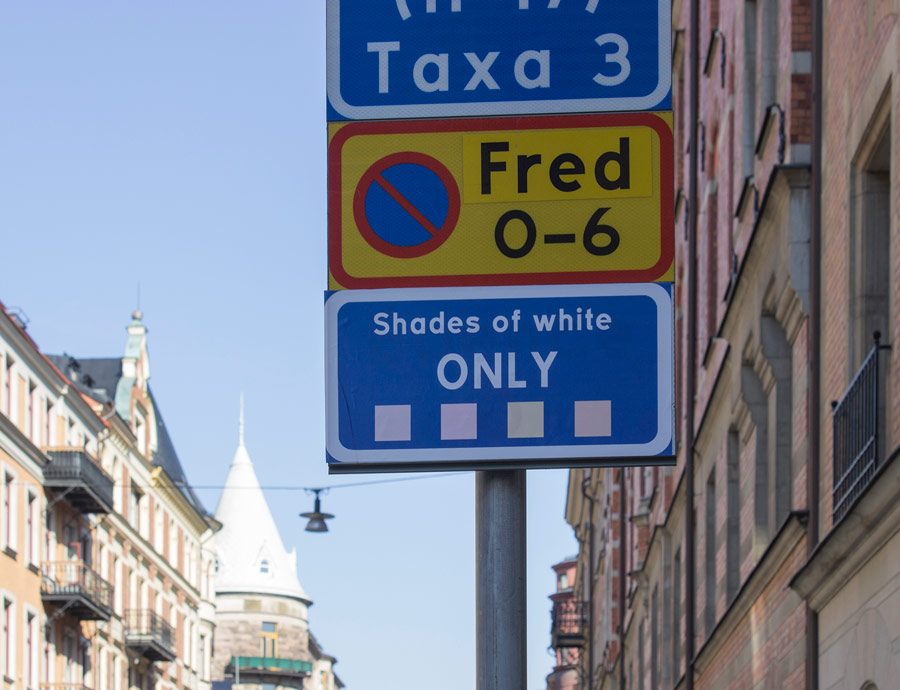
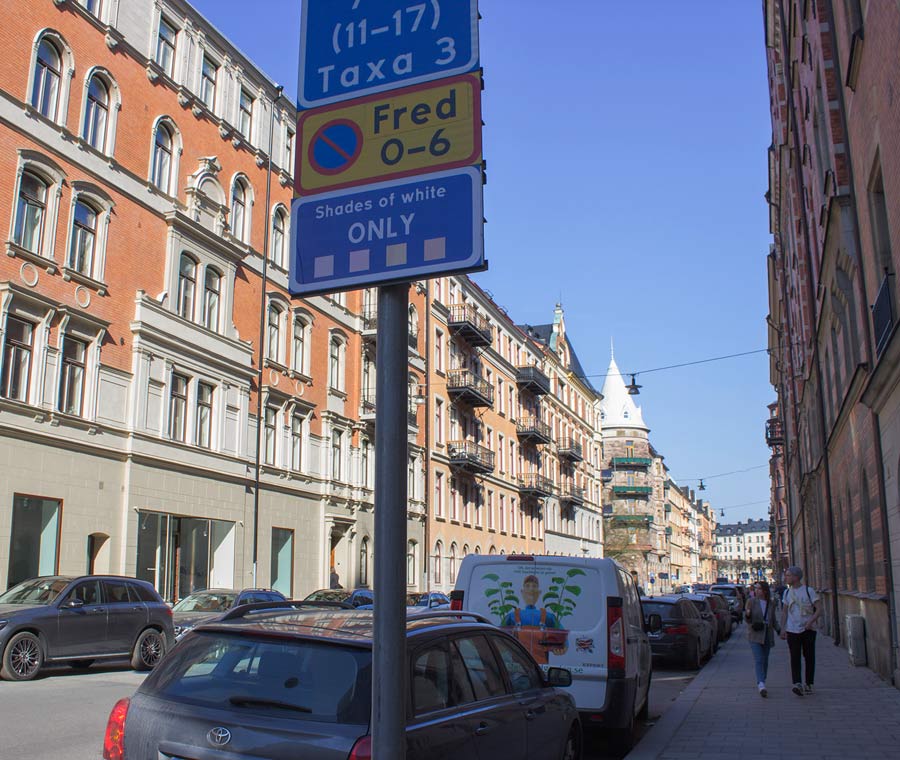
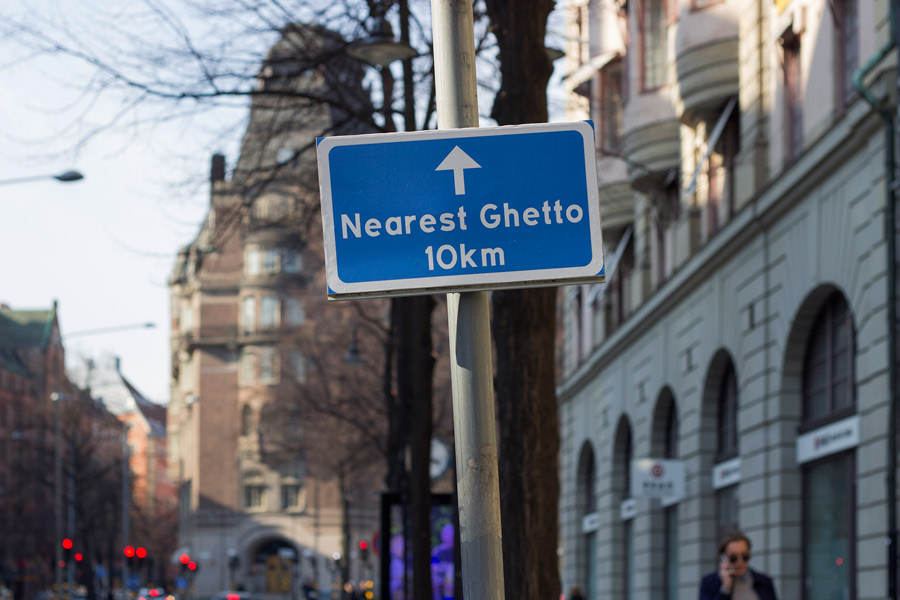
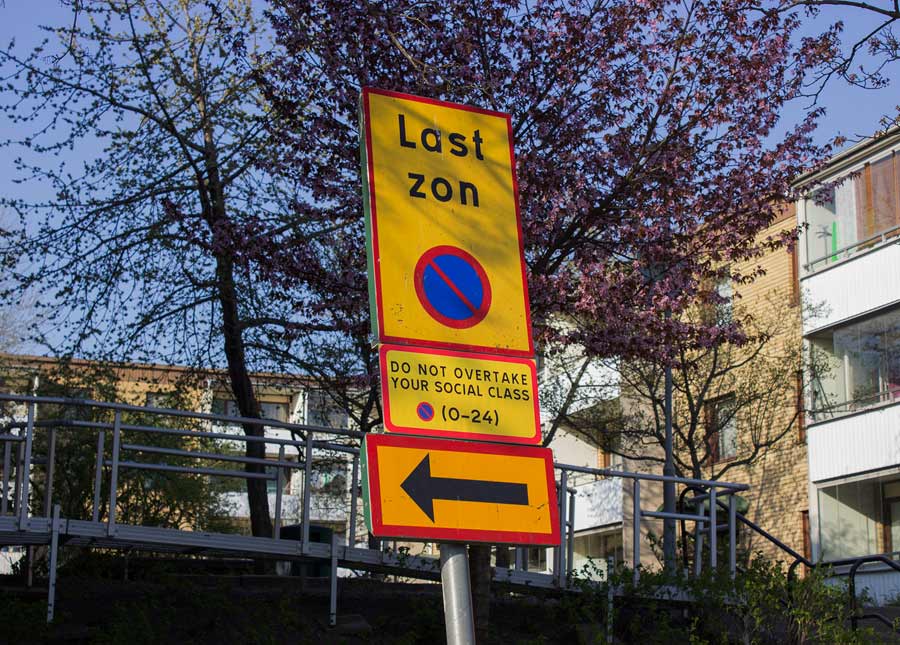
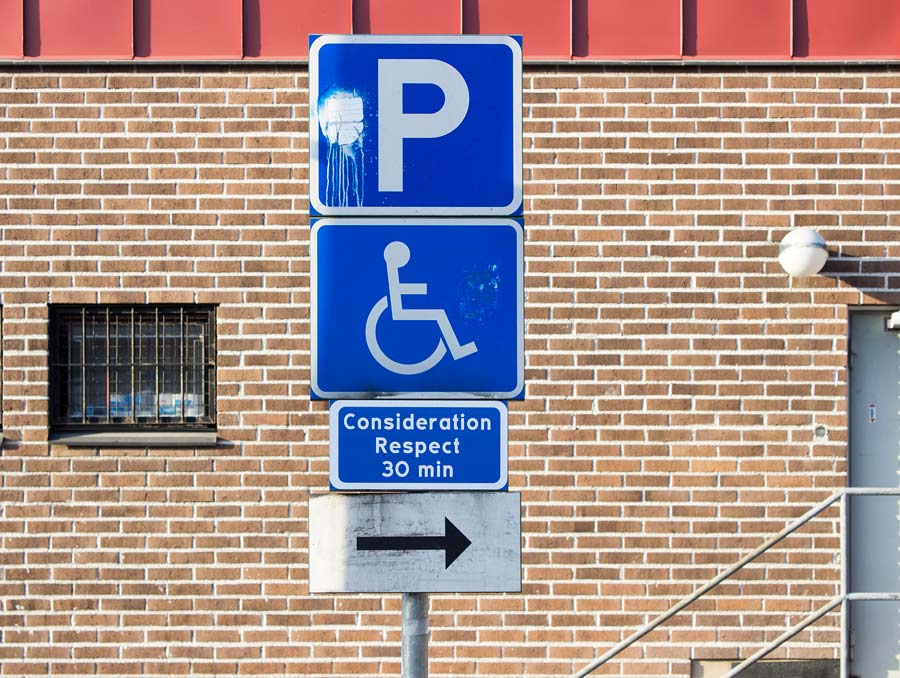
Additional reading:
What is the link between immigration and crime in Sweden? – BBC Newsnight
Sweden: Truth, lies and manipulated narratives? – BBC Newsnight
(Un)Welcome: Sweden’s rise of the right – CBS news
The Rise Of Sweden’s Far-Left Militants – Vice news
Rinkeby and Tensta song – Guran Guran
Segregation in Stockholm’s school
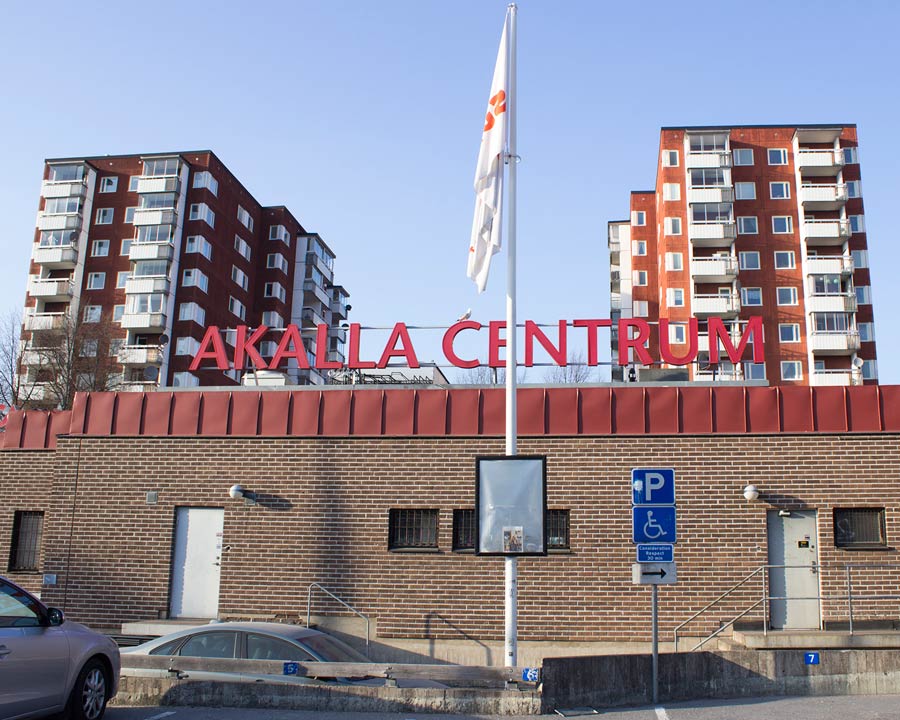
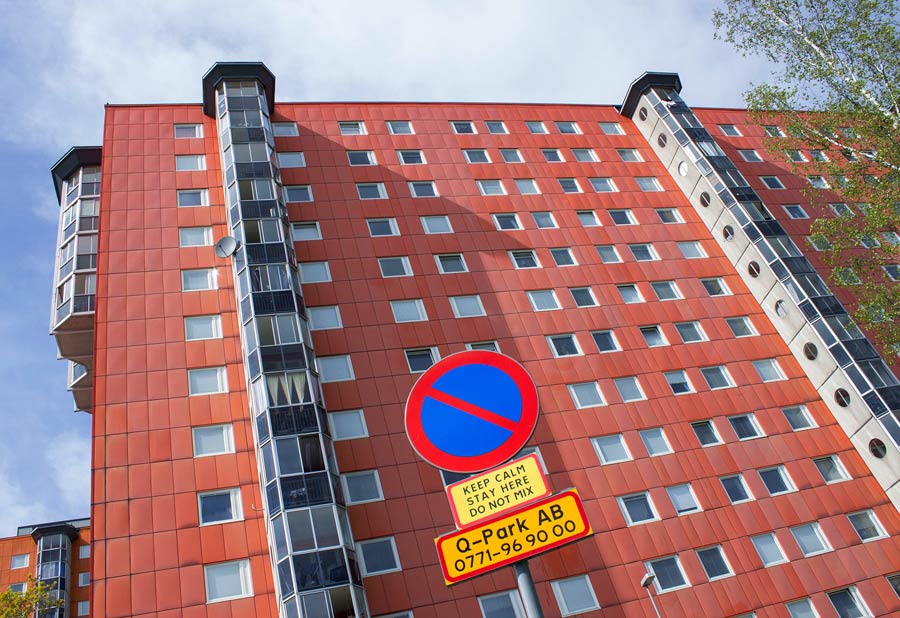
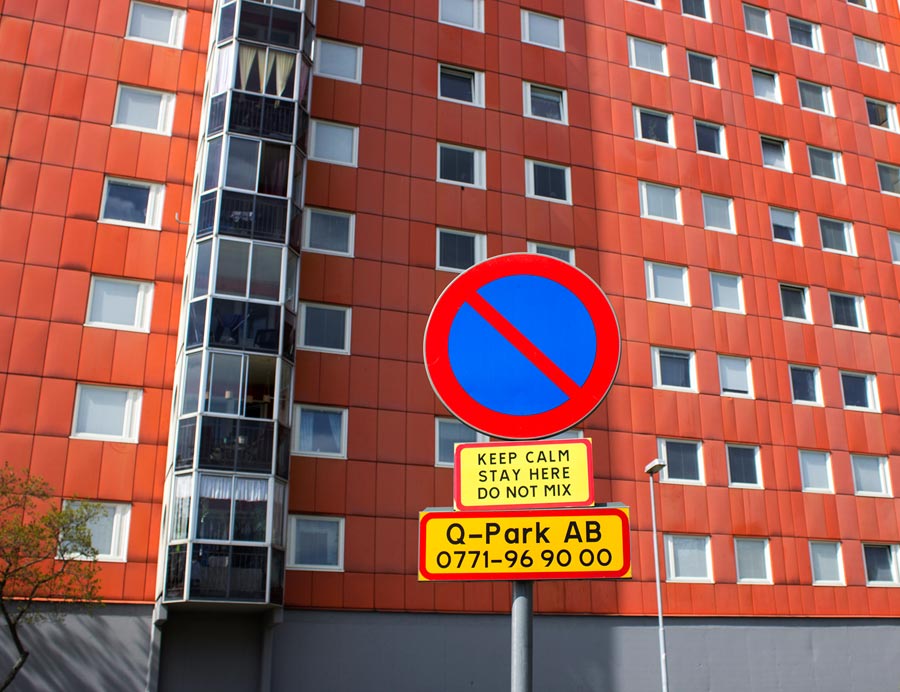
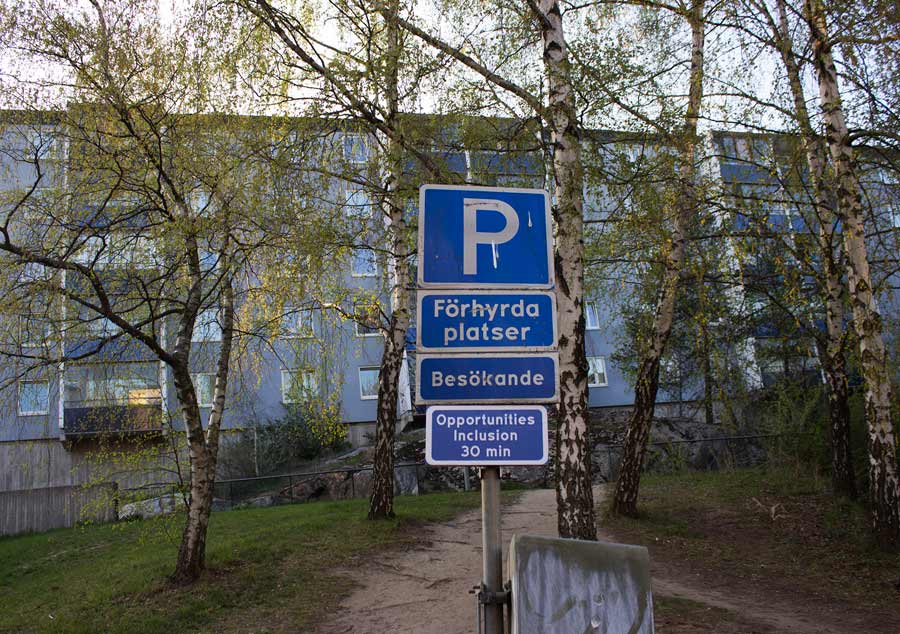
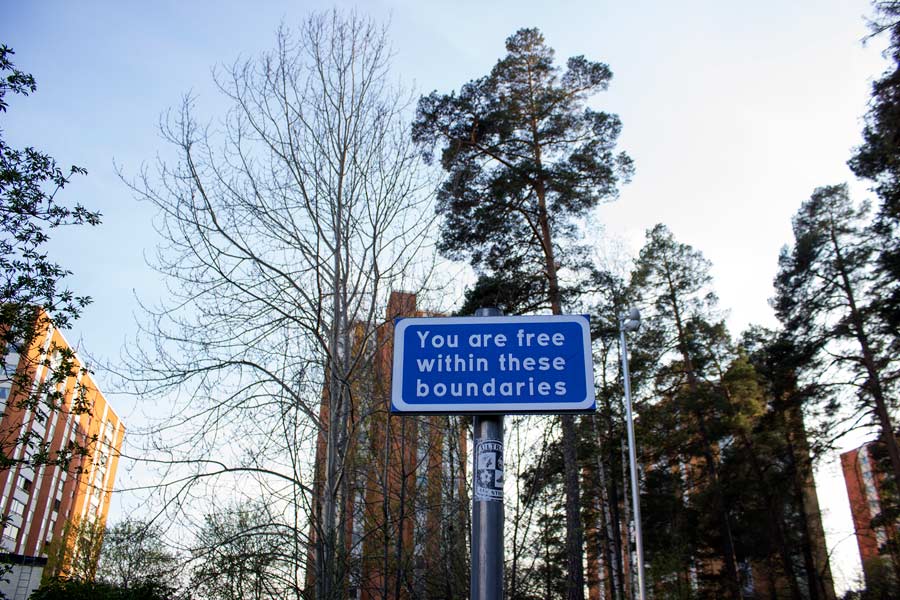
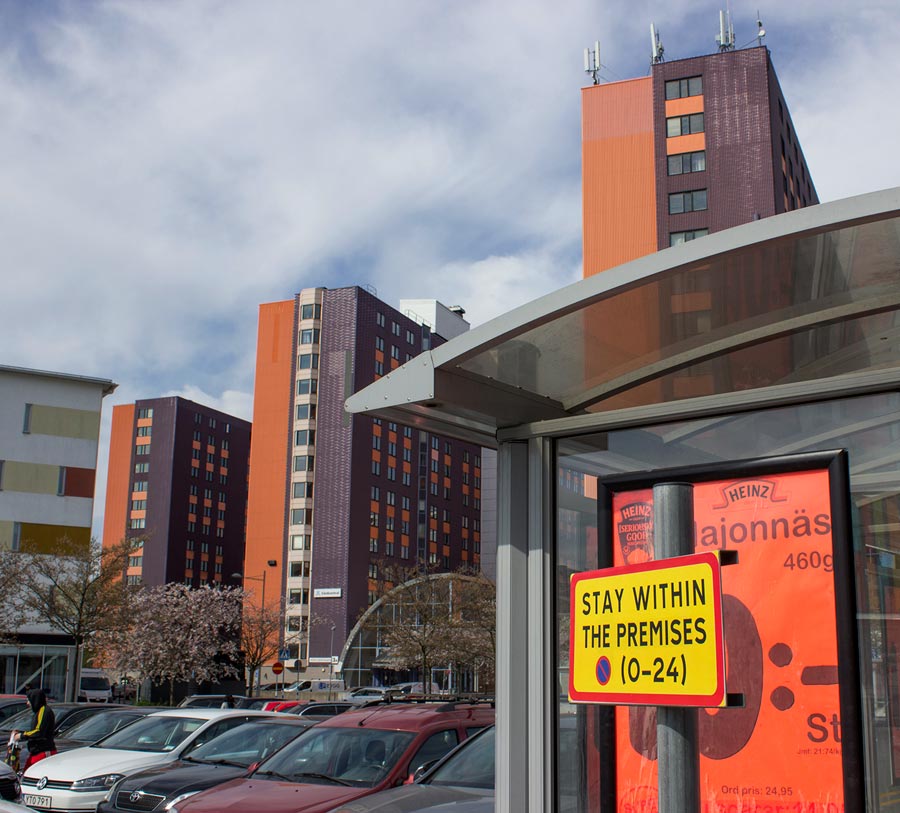
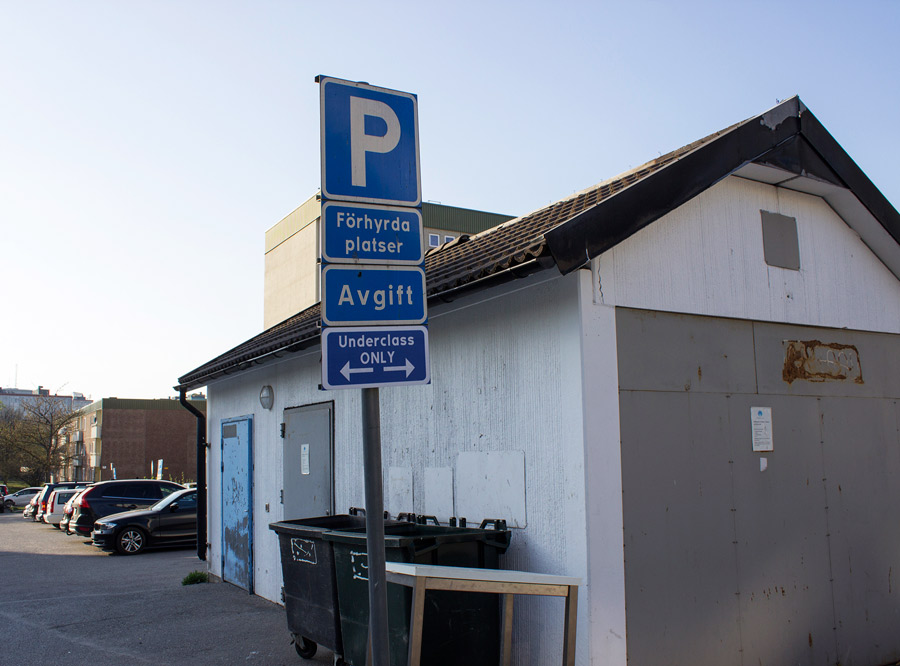

 BROOKLYN STREET ART LOVES YOU MORE EVERY DAY
BROOKLYN STREET ART LOVES YOU MORE EVERY DAY
